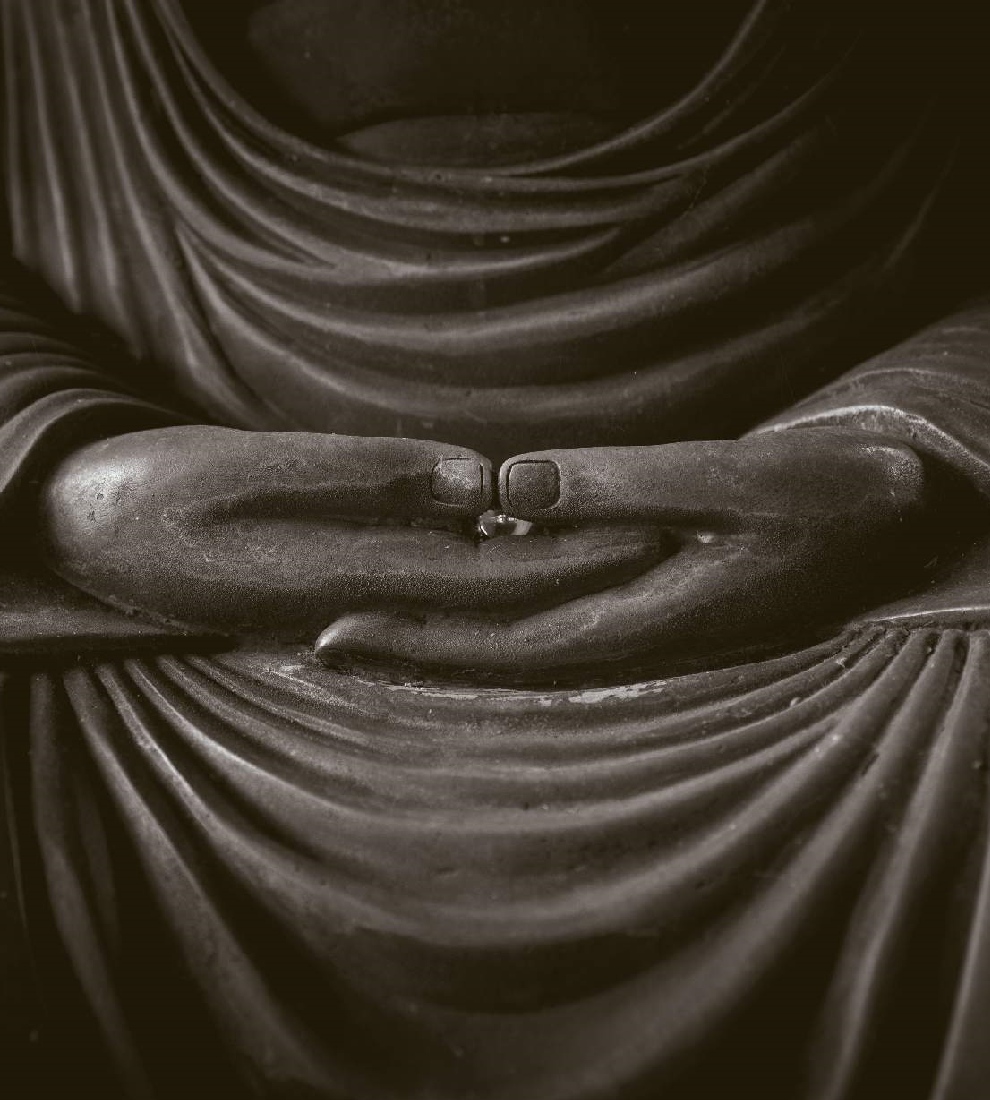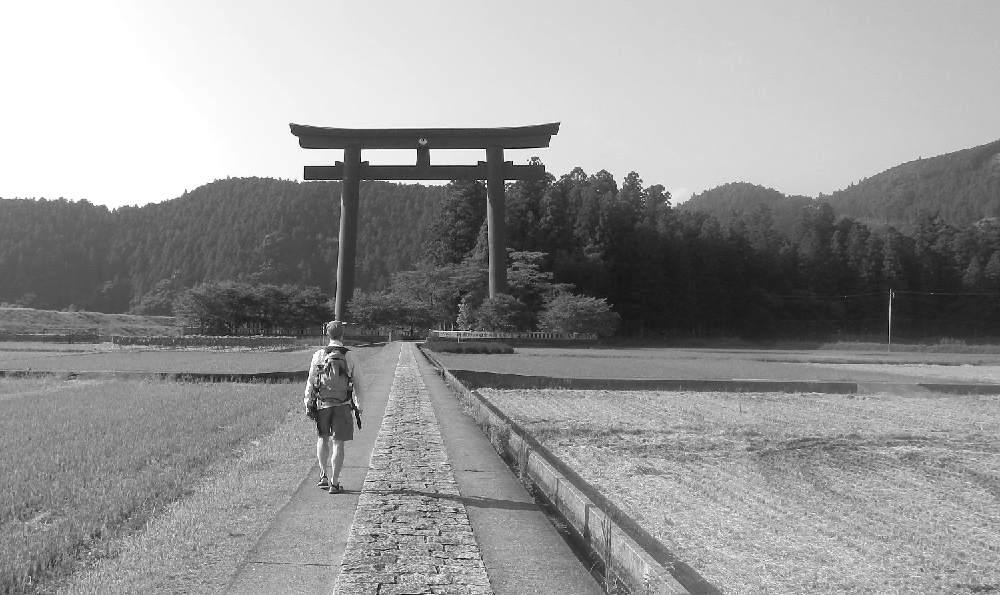History of Zen Buddhism
Zen is a school of Buddhism that traces its roots from India through China, Japan, and then into the West. The word Zen literally means concentration or meditation, and came to identify a particular school of Buddhism that developed in China around the 8th century CE. The Zen school (or Ch’an as it was known in China) was distinguished from other schools of Buddhism present in China at the time by the emphasis on zazen (seated meditation) over other practices such as chanting or scripture studies. It also developed its own unique form in China from the melding of Indian Buddhism with Confucianism and Taoism, which have given it much of its distinctive flavour it still holds today.
While it has been said that, the flavour of Zen is pain in the legs, (from long sitting meditation) Zen is very much a down-to-earth school of Buddhism that focuses on the realization of true nature that is this very moment. Zen uses varying forms of meditation and active practices to bring about an appreciation of this intrinsic wholeness.





